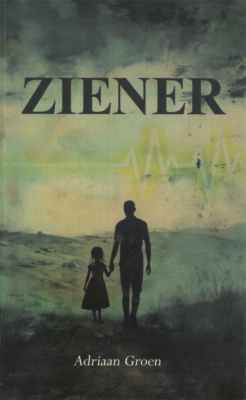Main content
Most of you are probably frequent travellers rather than students in travel medicine. Or you may be living abroad and visiting home regularly. But if you want to dig a bit deeper into travel medicine, this book could be worth your while! Released last year, this book with contributions from all over the world, aims to support students in travel medicine and stimulate interest and enthusiasm for the discipline.
Starting with some basic epidemiology, the book raises your knowledge to a level beyond just knowing that malaria is mostly acquired in West Africa and enteric fever in the Indian subcontinent. It also emphasizes the risks of non-infectious diseases, illustrating one of the difficulties of travel medicine:
One of the most significant challenges for the travel health advisor is to convey messages of prevention to a population that is more concerned about exposure to infectious diseases.
Then it gives a very practical overview of how to set up a travel clinic, referring to more in-depth resources and (international) guidelines.
The clinical part of the book covers most infectious diseases, giving first the expected basics on epidemiology and pathophysiology and then focusing mostly on the clinical presentation in travellers, (chemo)prophylaxis and emergency treatment. It also includes a full chapter on vaccine-preventable diseases with detailed vaccine schedules, precautions, storage information etc.
The next section discusses specific groups of travellers separately: VFRs (people ‘visiting friends and relatives’ in their country of origin), migrants, students who study abroad and the group that most of you belong to – humanitarian aid workers and missionaries. Not only specific groups of people have special risks and needs but also certain environments. The risks of aviation are mentioned, including the oxygen dissociation curve. And of course expeditions in the wilderness and ventures like mountain climbing and diving have their particular hazards of exposure to heat and direct sunlight, extreme altitudes, etc. Even full-service cruise ships are not without danger; imagine a Noro outbreak on a ship that contains over 6000 passengers with a passenger-to-crew ratio of 2:1!
The last section of the book follows the chronology of travelling and focuses on the returning traveller, with fever and gastro-intestinal complaints as the most common symptoms that may not immediately be recognized by a clinician unless the patient reveals his or her travel history.
Mission accomplished?
At the end of the journey, the question remains: does the book accomplish its goal? Or a better question to ask might be: after reading this book, have you achieved the goal you had at the start of your trip? If you are looking for a concise, structured guide in travel medicine this is the right book. But, if you are interested in a more specific topic, for example migrant health, it may be too superficial and not very helpful. But that is inevitable in a compact book on a very broad topic. In that sense, it did a great job. The book is well structured, easy-to-read, and where necessary it refers to more in-depth literature. Recommended!
Essential travel medicine
EDITED BY JANE. N. ZUCKERMAN.
WILEY BLACKWELL, JULY 2015, 360 PAGES, €87.80



















































